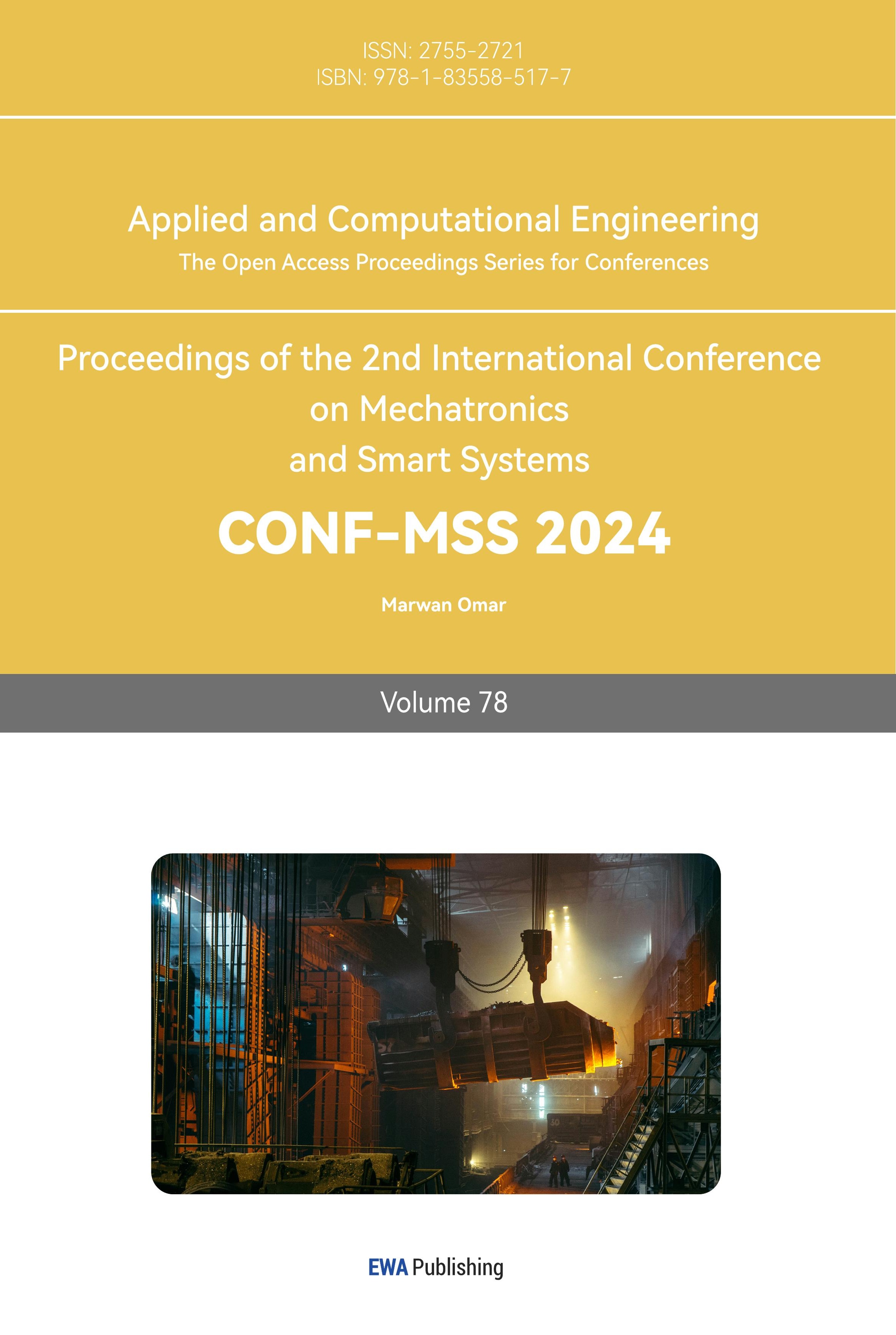1.Introduction
According to the National Bureau of Statistics, private car ownership in China has grown significantly in recent years, with the number increasing from 2.5 million in 1995 to 140 million by the end of 2015. [1] While making daily travel more convenient for residents, private cars have also generated many adverse effects, most notably increasing car accidents. Side collisions are hazardous due to insufficient passenger-side protection.
The B-pillar, as shown in Figure 1, is the vertical support that connects the roof to the car’s body, located between the front and rear doors. [2] Optimizing the structure and material selection is important in that it is one of the most effective ways to improve the side crashworthiness of cars. [3] This research explores methods to improve B-pillar’s resistance to side-collision through car structure and material selection to alleviate injury.
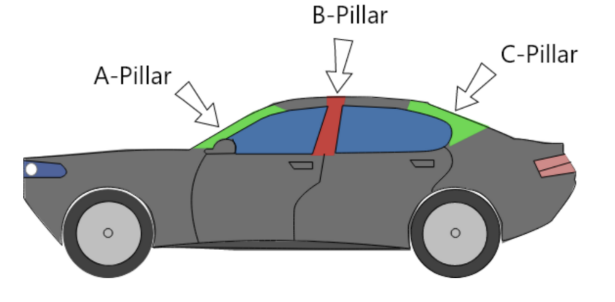
Figure 1. The B-pillar is located between the front and rear doors [2]
2.Improving Structures
2.1.Simulation Setup
This research uses Ansys LS-DYNA crash simulation software to provide a comprehensive understanding of side-collisions. To conduct the simulation, a 2020 Toyota Yaris and a 1300-kg block measuring 80cm\( × \)60cm\( × \)40cm were utilized, as shown in Figure 2. The block, located 60cm above the ground, collided with the car at a speed of 50km/h.
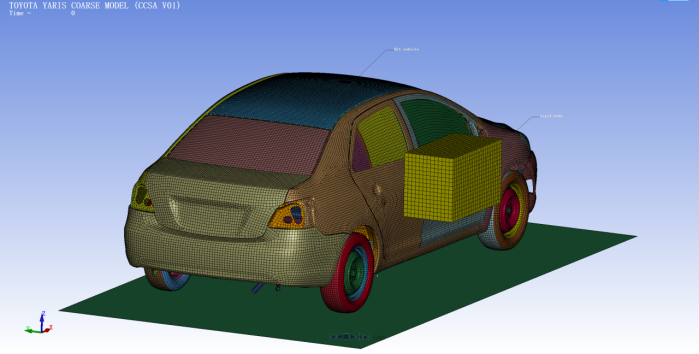
Figure 2. The research uses the 2020 Toyota Yaris model and a 1300-kg block measuring 80cm\( × \)60cm\( × \)40cm
According to Figure 3, Toyota vehicles are widely used but exhibit inferior side-crashworthiness when compared to other car brands. This suggests that more research is necessary to ensure occupant safety. In addition, in an effort to gain better insight into the potential outcomes of worst-case scenarios, the researchers utilized Toyota’s car running simulation to observe the greatest possible extent of deformation, which would allow for a more comprehensive understanding of the situation.
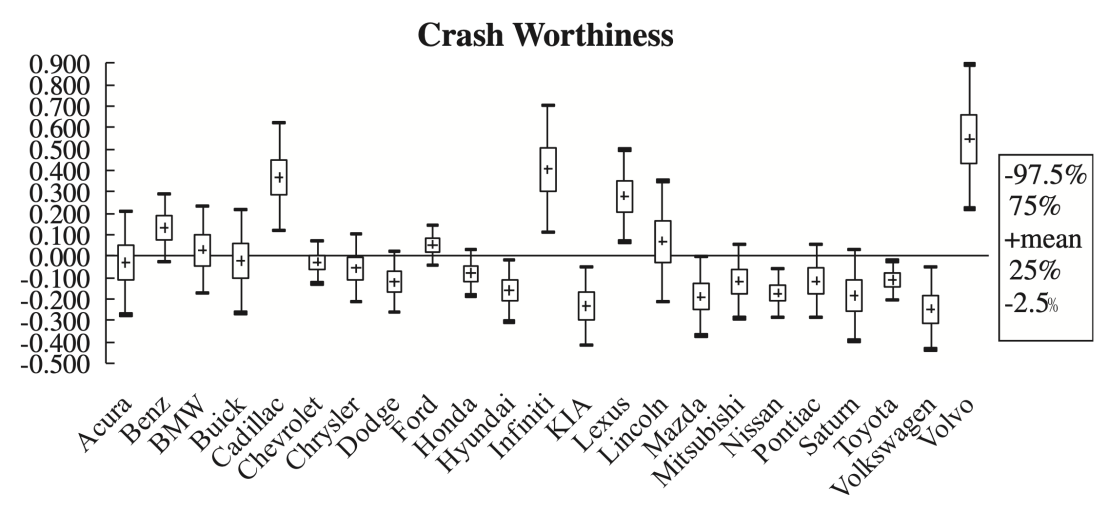
Figure 3. The side-crashworthiness of cars from different brands
After selecting the car brand, the researchers imported the car model into Hypermesh and determined the optimal material for the car’s structure. The most commonly used materials for car bodies include aluminum, steel, and plastic. In particular, steel boasts a Young’s modulus of 210Gpa and a Poisson’s ratio of 0.3. The researchers considered the block as a rigid body with a Poisson’s ratio of 0.5; therefore, the block cannot deform.
2.2.Simulation Process
The Toyota car in the simulation collides with a rigid body, generating a series of deformations. Initially, external forces are exerted on the car side, causing random deformation and rigid failure of doors and wheel arches shown in Figure 4. Car components, including the door beam and side threshold, work together to distribute the force of impact throughout the car using controlled deformation. This may result in bending, twisting, or breaking of these parts, but it helps reduce the impact on the car occupants.
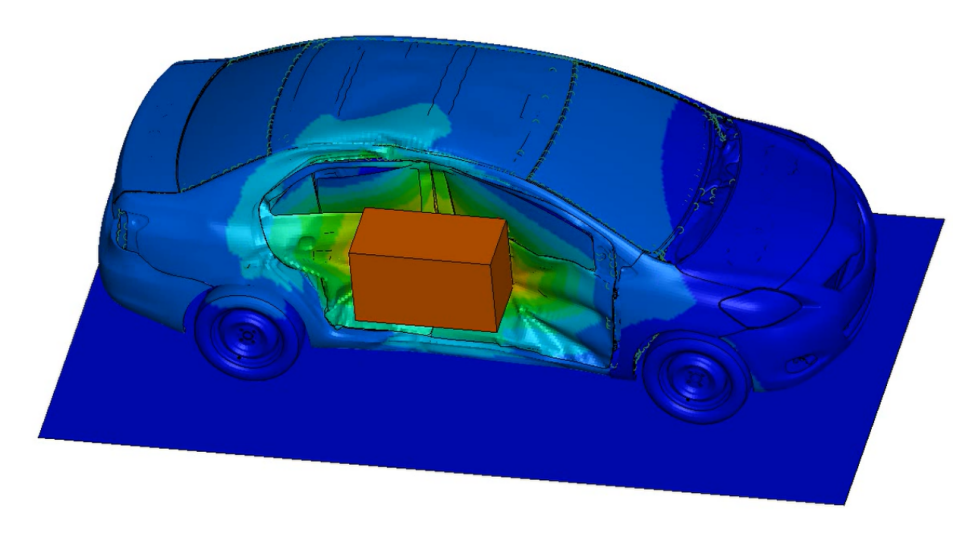
Figure 4. External forces cause random deformation, which is later distributed by other car components.
As the impact force spreads throughout the side, components of the car other than the door beam and side threshold begin to experience displacement, as illustrated in Figure 5. Additionally, the roof of the car lowers, resulting in more significant deformation.
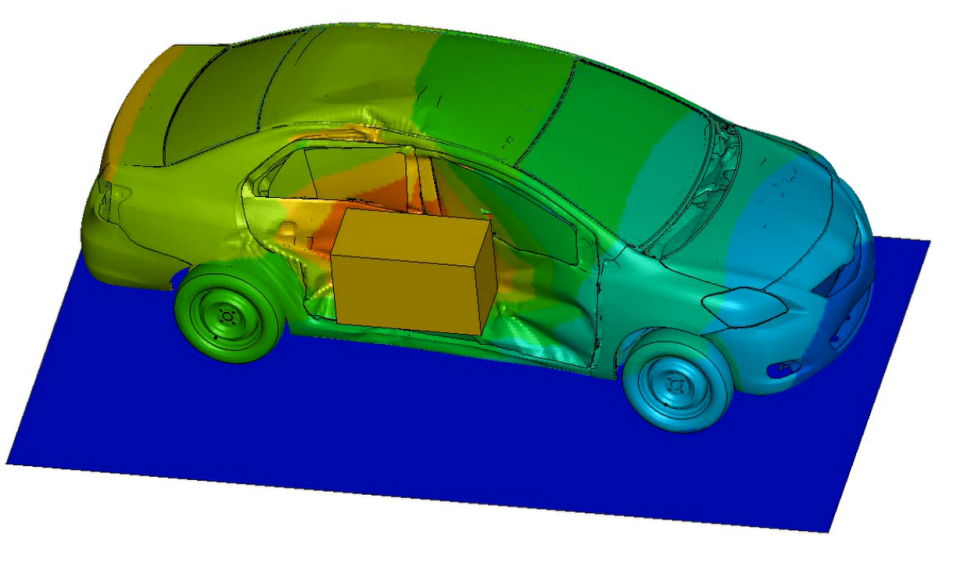
Figure 5. Other components, such as car roofs, begin to experience significant displacement
As depicted in Figure 6, when the impulse of the block gradually dissipates, the rate of change of deformation gradually decreases, the car eventually reaching a balance to prevent further deformation. Afterward, the car stops moving, ending the side-collision.
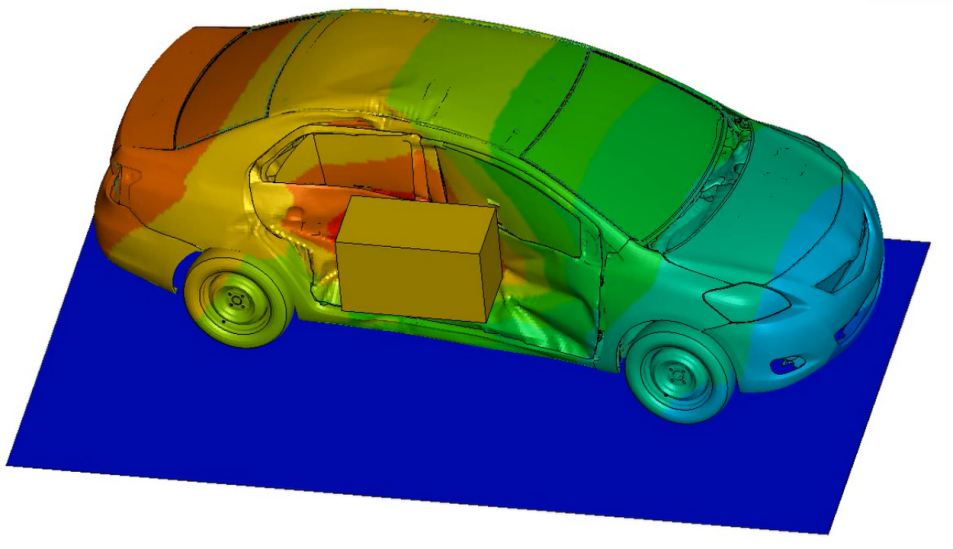
Figure 6. The impulse of the block decreases, giving the final shape of the car
2.3.Analysis of B-pillars
Figure 7 illustrates the change in the B-Pillar after the collision. It is evident that the B-pillar underwent large displacement. Since B-pillars are connected to the car roof, it had a significant impact on both the car roof and rear structure. If the B-pillar is divided into two parts, with the upper part in blue and the lower part in red, it is noticed that the upper part experiences greater velocity and acceleration, as depicted in Figures 8 and 9.
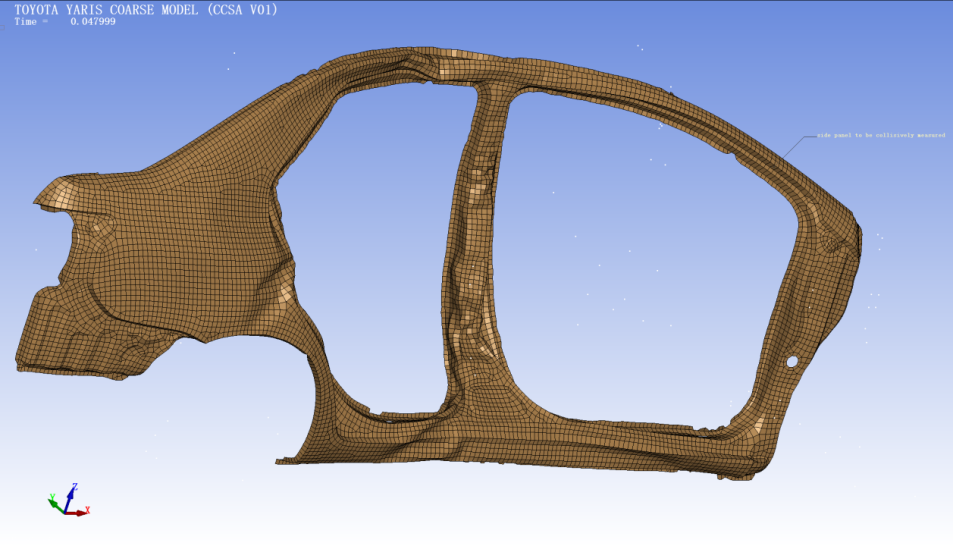
Figure 7. The shape of the B-pillar after the car collides with the block
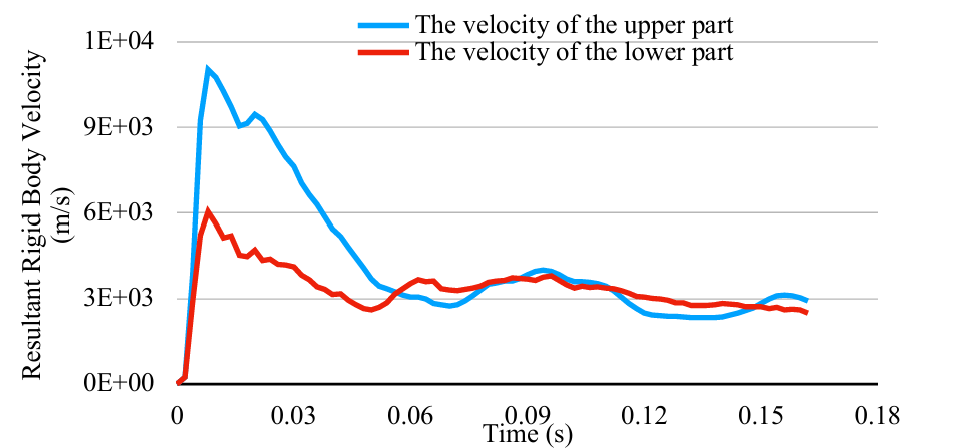
Figure 8. The velocity of upper and lower parts of the B-pillar with respect to time
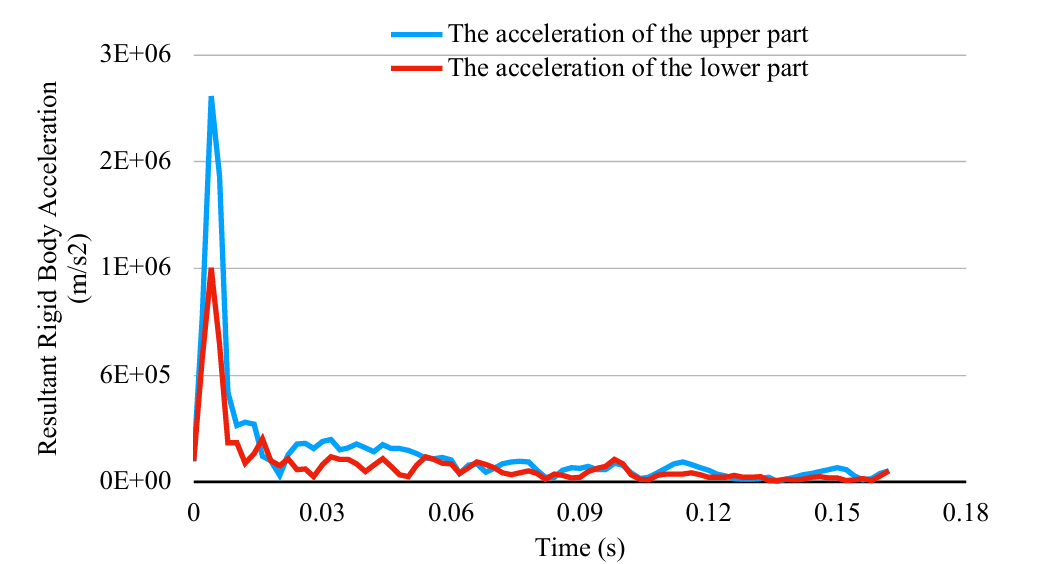
Figure 9. The acceleration of upper and lower parts of the B-pillar with respect to time
For the sake of protecting occupants and reducing deformation of the car roof and rear, B-pillars ought to have outstanding side-collision resistance. Laser welding is one of the most popular methods to improve this resistance. This method is advantageous because B-pillars can use different materials, withstanding the strongest impact while minimizing cost [4].
It is important to take into account the placement of the weld. As the upper part experiences greater force and acceleration, the welding spot is likely to break, causing occupant head and/or chest injuries; therefore, it is more reasonable to place the weld at the lower end of the B-pillar, as shown in Figure 10.
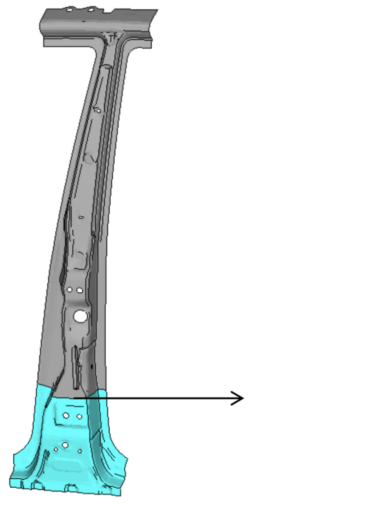
Figure 10. B-pillar laser welding line position (Zhong, 2019)
In addition, engineers can increase the thickness of B-pillars since it increases the strength and durability of the pillar. Furthermore, stronger materials (which will be discussed in detail in Section 3) can make B-pillars more resistant to collisions.
2.4.Section Conclusion
The B-pillar is one of the most important components for protecting passengers, and its displacement may damage the car’s roof and rear structure. The collision resistance of B-pillars can be enhanced by increasing thickness, choosing better materials, and locating the laser welding spot at the lower end of the B-pillar.
3.Improving Material Selection
3.1.The Importance of Materials in Automobile Collision Prevention
The choice of materials used in manufacturing cars plays a crucial role in alleviating the impact of side-collision. Different materials have varying impacts on crashes, with some contributing to excellent stability and safety for the vehicle. The relationship between the density and strength of different materials is illustrated in the Ashby diagram (Figure 11) in vivid detail [5].
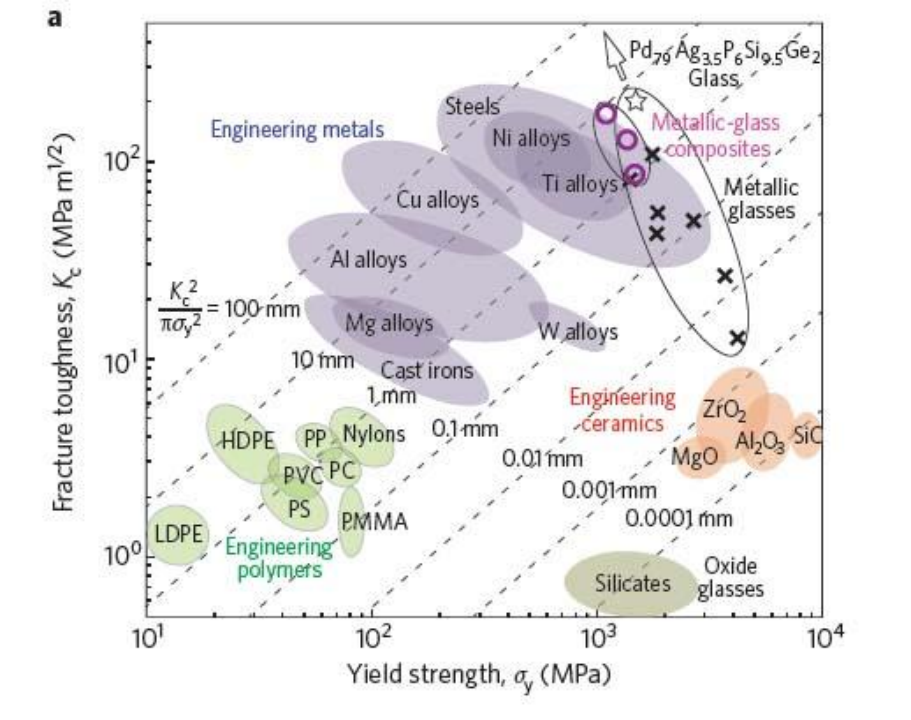
Figure 11. Material selection chart, showing Young’s modulus against density [6]
Ashby’s diagram provides a clear and concise way to understand the relationship between a material’s density and Young’s modulus. A higher value of Young’s modulus indicates that a material will deform less under the same force, making it a better choice for protecting passengers against side collision. Based on Ashby’s diagram, metals, and polymers are optimal options to use on a car, better than brittle ceramics. The following sections focus on how polymer and carbon fiber affect how well a car protects its passengers in a collision.
3.2.Study of Two Different Materials
3.2.1.PVC and ABS polymer materials. This section focuses on PVC and ABS resin. PVC has a high degree of stiffness, hardness, tensile strength, and bending strength but low impact strength. Traditional PVC modification primarily involves elastomer mixing, which boosts toughness but at the expense of lowering strength.
In Zhou Yongzi’s [6] research, nano-materials were added to PVC, discovering that the material’s toughness, dimensional stability, and thermal stability were boosted without noticeably sacrificing rigidity. According to relevant research by Zhou Liling et al., the best overall mechanical property is attained when 10% to 15% calcium carbonate is the primary nanoscale material added to PVC.
ABS resin, in its traditional form, has vulnerable impact resistance. However, when combined through physical mixing, it significantly enhances the ABS’s collision resistance. While it may not match PVC in this regard, this cost-effective method has proven to be below-risk and efficient, yielding fast results [6]. Implementing this approach in automotive collision prevention could lead to easier mass production.
To summarize, PVC offers optimal protection for automobile collision avoidance than that of ABS. If cost reduction and mass production are required, ABS resin polymer materials can also be an option.
3.2.2.Carbon Fiber Material. Automotive researchers have extensively studied the use of carbon fibers in cars due to their incomparable quality of density, specific strength, and ability to absorb crash energy. This is crucial for improving the design of automotive structures [7]. The rigidity, toughness, and impact resistance of carbon fiber are heavily influenced by factors such as material composition and ply angle.
Many studies have concentrated on carbon-fiber-reinforced polymers (CFRP) and sheet molded compound (SMC) polymers. When subjected to collisions, SMC polymers can efficiently absorb a considerable amount of energy without any noticeable deformation. In addition, CFRP is exceptionally durable and rigid, making it useful in minimizing deformation caused by a collision.
Studies by Su, et al [8] and colleagues have shown that the collision performance of the anti-collision beam is significantly enhanced when the layup angle of SMC polymer is [45/-45/90/0]ns, as indicated in Table 1. Furthermore, research by Li et al, [6] indicates that CFRP materials can effectively prevent deformation during a collision when they adopt a unidirectional lamination structure. Table 2 shows the values of static performance parameters for CFRP materials, where E is the material’s elastic modulus, G is the material’s shear elastic modulus, and ν is the material’s Poisson’s ratio.
Table 1. Simulation of anti-collision beams with different paving forms [8]
|
Thickness of Energy Absorption Box /mm |
Bumper Weight /kg |
Energy Absorption Value /J |
Maximum Acceleration /mm·S-2 |
Impact Time /ms |
|
0.9 |
1.42 |
229 |
40701 |
77.8 |
|
0.8 |
1/40 |
329 |
37008 |
83.9 |
|
0.7 |
1.39 |
390 |
31766 |
97/6 |
|
0.6 |
1.37 |
406 |
25866 |
112.6 |
|
0.5 |
1.36 |
388 |
20961 |
119.4 |
Table 2. Static Mechanical Property of Unidirectional Laminates (Li, Qiu, Zhou, Cao, and Liu. 2023) Mechanical Properties of Materials
|
Elastic Constant |
Value |
Units |
|
E1 |
147.0 |
GPa |
|
E2 |
9.0 |
GPa |
|
E3 |
9.0 |
GPa |
|
v12 |
0.3 |
- |
|
v15 |
0.3 |
- |
|
v23 |
0.42 |
- |
|
G12 |
5.0 |
GPa |
|
G13 |
5.0 |
GPa |
|
G23 |
3.0 |
GPa |
|
Xr |
2000 |
MPa |
|
Xg |
1200 |
MPa |
|
Yr |
53 |
MPa |
|
Yc |
204 |
MPa |
|
S |
137 |
MPa |
Wang Qing et al. [9] conducted research showing that carbon fiber materials are superior to steel materials regarding weight, shape factors, and specific energy absorption. In Figure 3, their research demonstrates that carbon fiber anti-collision beams have a higher maximum internal energy during a collision, which means that carbon fiber is better at absorbing collision energy and providing the best possible protection for passengers. In addition, high specific energy absorption is another basis that makes carbon fiber materials safer.
Table 3. Performance of carbon fiber and raw steel anti-collision beams
|
Materials |
Total Absorption Energy/J |
Maximum Internal Energy of Anti-collision Beam/J |
Maximum Displacement/mm |
Maximum Impact Force/kN |
Weight/kg |
Specific Energy Absorption/\( J\cdot {kg^{-1}} \) |
|
Steel |
420.19 |
355.74 |
15.8 |
56.03 |
8.75 |
40.7 |
|
Carbon Fiber |
419.76 |
282.33 |
23.9 |
36.49 |
1.95 |
196.5 |
To summarize, carbon fiber composite materials are a suitable choice for automotive anti-collision structures as they can perform various roles depending on their position. Strengthening carbon fibers can easily replace current anti-collision structures, primarily made of steel, to increase vehicle safety during an accident.
3.3.Section Conclusion
When it comes to choosing materials for improving B-pillars, there are three options depending on the situation. If cost reduction and mass production are prioritized, ABS composite polymer materials can be selected. If high accident resistance is required, PVC polymers, though expensive, are the optimal choice due to their high strength. SMC polymers can be utilized in various ways depending on the layering, and their adaptability allows for a wide range of applications. All three materials can be used as a substitute for steel to protect passengers better.
4.Conclusion
Enhancing the B-pillar is crucial for improving a car’s side crashworthiness by minimizing the deformation of car bodies, which reduces injuries to the head, heart, and chest. After examining the issue, potential ways to improve the B-pillar include increasing its thickness, selecting different materials, and changing the location of laser welding. Increasing thickness allows a better strength and stability of B-pillars. In addition, to balance cost and strength considerations, it’s advisable to use PVC, ABS, and SMC instead of steel. Finally, welding different materials at the bottom of the B-pillar is recommended.
Acknowledgment
Jiayu Guo and Shuyang Liu contributed equally to this work and should be considered co-first authors.
References
[1]. Yang, H., Wang, J., Lin, Y., Zhai, G., Liu, X. and Tao, S. (2019). Effect of Average Car Price On City-Level Private Car Ownership: A Study Based On Panel Data Analysis. doi: https://doi.org/10.1109/ictis.2019.8883721.
[2]. Moath Zaareer, Mohammad Ghazi Alshneeqat, Qasem, M., Muneer Sungur, Aneesa, M. and Mourad, A.-H.I. (2022). Structural Analysis of Monocoque Chassis with and without a B-Pillar. 2022 Advances in Science and Engineering Technology International Conferences (ASET). doi: https://doi.org/10.1109/aset53988.2022.9734905.
[3]. Zhou Dongliang (2022) Optimization design of B-pillar structure for side impact safety of automobiles Pp.144-147
[4]. Zhong, S. (2019). Simulation Research on Vehicle Side Impact and Its Structure Optimization. pp.53–54.
[5]. Shercliff, H.R. and Ashby, M.F. (2016). Elastic Structures in Design. [online] doi: https://doi.org/10.1016/B978-0-12-803581-8.02944-1.
[6]. Zang Jie, Zhou Jinyu, and Qiu Rui (2020) Integrated Optimization Design of CFRP Automotive Crash Beam Structure/Materials Mechanical Design and Manufacturing, pp. 206-210
[7]. Zhang Xin, Zhao Xiaoyu, Lan Xiang, and Chen Lingli (2019) Lightweight and optimized design of carbon fiber composite front crash beams for automobiles Pp.98-103
[8]. Su Shangbin, Jiao Xuejian, and Xue Yuanshui (2015) Crash resistance analysis and lightweight of carbon fiber material bumpers Journal of Shandong University of Technology (Natural Science Edition), pp. 49-52
[9]. Wang Qing, Lu Jiahai, Liu Zhao, et al Lightweight Design of Carbon Fiber Reinforced Composite Automotive Bumpers [J] Journal of Shanghai Jiao Tong University, 2017, 51 (2): 136-141
Cite this article
Guo,J.;Liu,S.;Fu,Y.;Liu,R.;Shi,J. (2024). Improving the crashworthiness of B-pillars in side-collisions. Applied and Computational Engineering,78,153-161.
Data availability
The datasets used and/or analyzed during the current study will be available from the authors upon reasonable request.
Disclaimer/Publisher's Note
The statements, opinions and data contained in all publications are solely those of the individual author(s) and contributor(s) and not of EWA Publishing and/or the editor(s). EWA Publishing and/or the editor(s) disclaim responsibility for any injury to people or property resulting from any ideas, methods, instructions or products referred to in the content.
About volume
Volume title: Proceedings of the 2nd International Conference on Mechatronics and Smart Systems
© 2024 by the author(s). Licensee EWA Publishing, Oxford, UK. This article is an open access article distributed under the terms and
conditions of the Creative Commons Attribution (CC BY) license. Authors who
publish this series agree to the following terms:
1. Authors retain copyright and grant the series right of first publication with the work simultaneously licensed under a Creative Commons
Attribution License that allows others to share the work with an acknowledgment of the work's authorship and initial publication in this
series.
2. Authors are able to enter into separate, additional contractual arrangements for the non-exclusive distribution of the series's published
version of the work (e.g., post it to an institutional repository or publish it in a book), with an acknowledgment of its initial
publication in this series.
3. Authors are permitted and encouraged to post their work online (e.g., in institutional repositories or on their website) prior to and
during the submission process, as it can lead to productive exchanges, as well as earlier and greater citation of published work (See
Open access policy for details).
References
[1]. Yang, H., Wang, J., Lin, Y., Zhai, G., Liu, X. and Tao, S. (2019). Effect of Average Car Price On City-Level Private Car Ownership: A Study Based On Panel Data Analysis. doi: https://doi.org/10.1109/ictis.2019.8883721.
[2]. Moath Zaareer, Mohammad Ghazi Alshneeqat, Qasem, M., Muneer Sungur, Aneesa, M. and Mourad, A.-H.I. (2022). Structural Analysis of Monocoque Chassis with and without a B-Pillar. 2022 Advances in Science and Engineering Technology International Conferences (ASET). doi: https://doi.org/10.1109/aset53988.2022.9734905.
[3]. Zhou Dongliang (2022) Optimization design of B-pillar structure for side impact safety of automobiles Pp.144-147
[4]. Zhong, S. (2019). Simulation Research on Vehicle Side Impact and Its Structure Optimization. pp.53–54.
[5]. Shercliff, H.R. and Ashby, M.F. (2016). Elastic Structures in Design. [online] doi: https://doi.org/10.1016/B978-0-12-803581-8.02944-1.
[6]. Zang Jie, Zhou Jinyu, and Qiu Rui (2020) Integrated Optimization Design of CFRP Automotive Crash Beam Structure/Materials Mechanical Design and Manufacturing, pp. 206-210
[7]. Zhang Xin, Zhao Xiaoyu, Lan Xiang, and Chen Lingli (2019) Lightweight and optimized design of carbon fiber composite front crash beams for automobiles Pp.98-103
[8]. Su Shangbin, Jiao Xuejian, and Xue Yuanshui (2015) Crash resistance analysis and lightweight of carbon fiber material bumpers Journal of Shandong University of Technology (Natural Science Edition), pp. 49-52
[9]. Wang Qing, Lu Jiahai, Liu Zhao, et al Lightweight Design of Carbon Fiber Reinforced Composite Automotive Bumpers [J] Journal of Shanghai Jiao Tong University, 2017, 51 (2): 136-141





